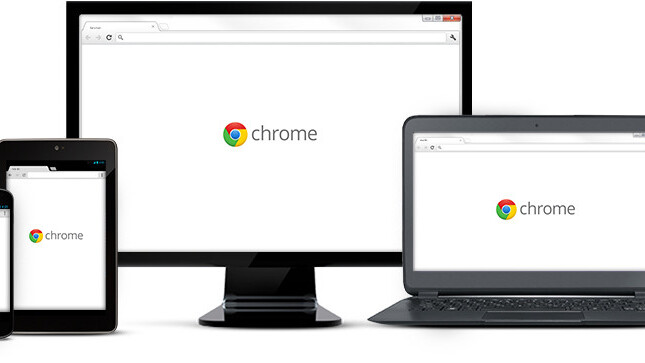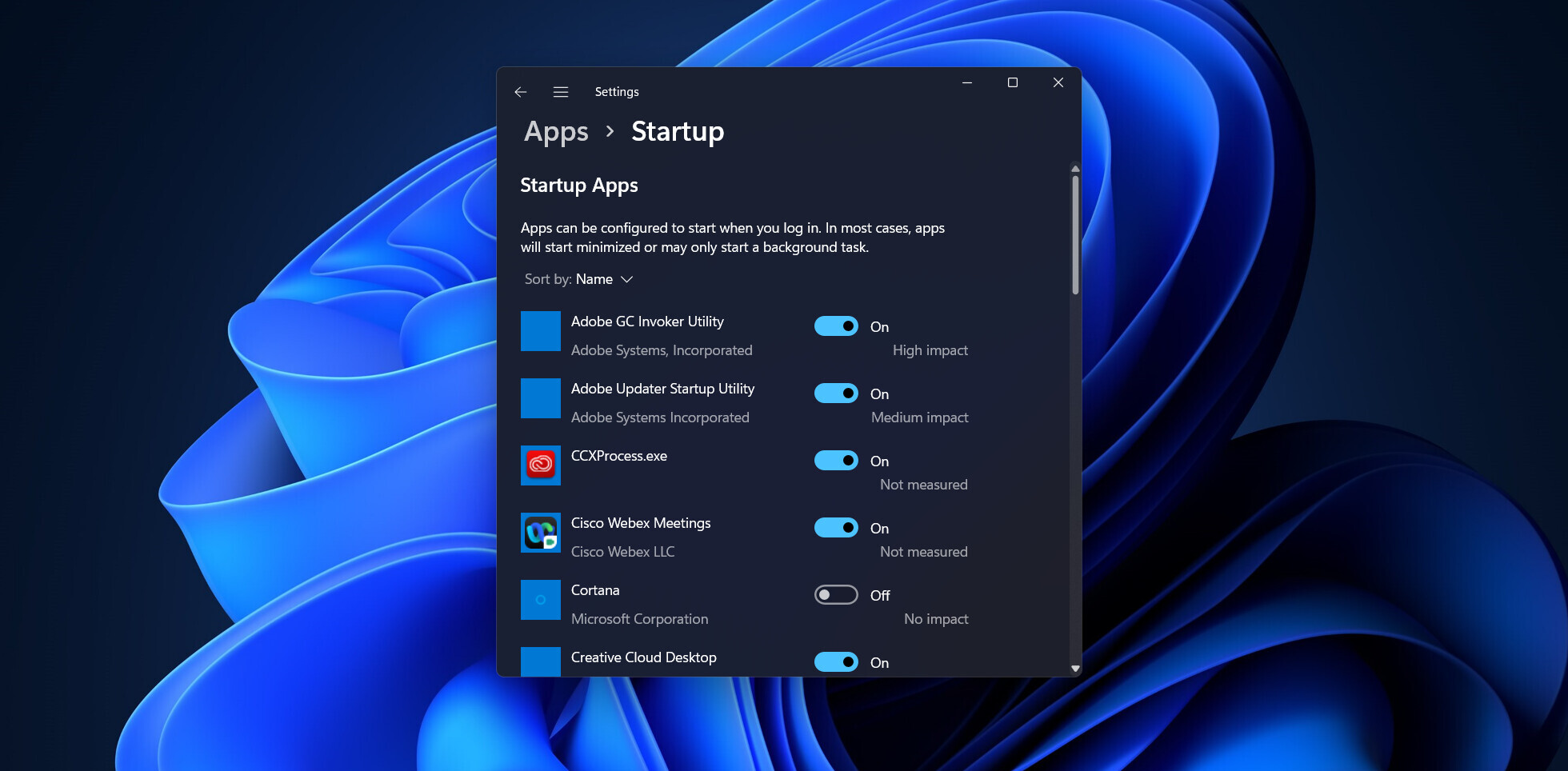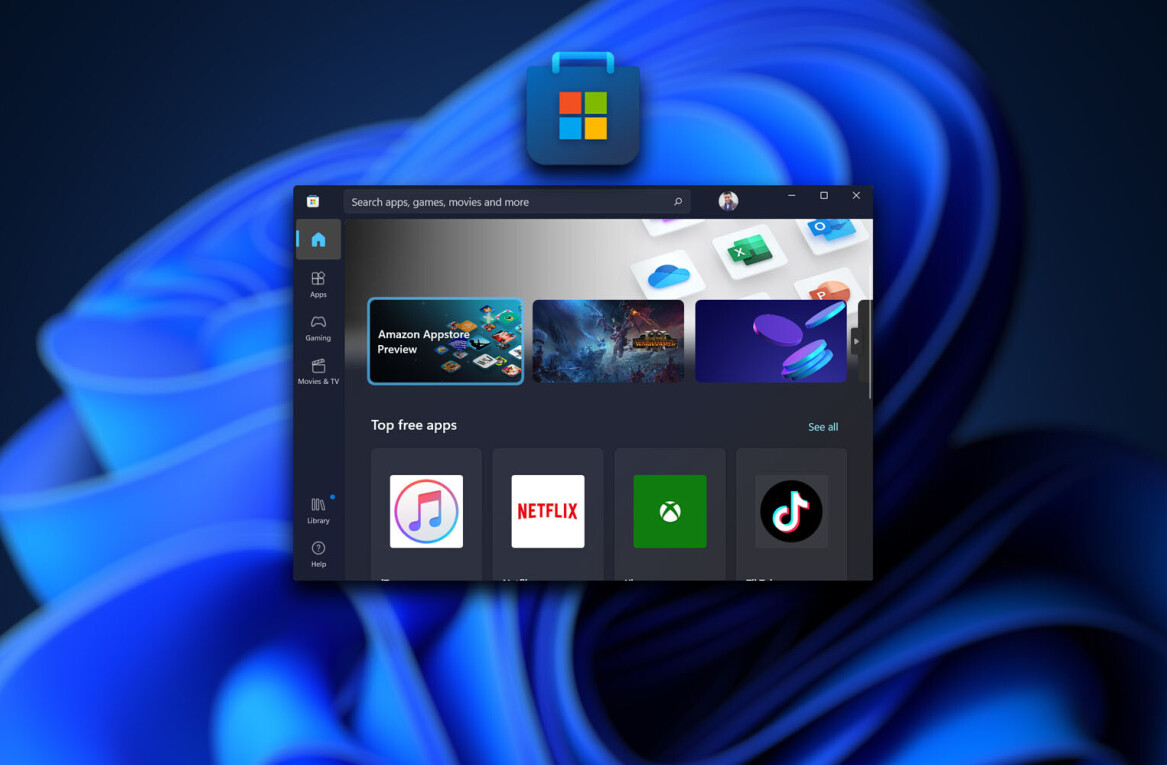
Just a day after releasing the stable version of Chrome 36, Google has announced the release of Chrome 37 beta for Windows, Mac, and Linux. Unlike the Chrome 36 beta, the new features have a consumer focus rather than strictly developer additions.
First and foremost, Windows users will be happy to learn support for DirectWrite, a text layout rendering API that first arrived in Windows Vista, has finally been implemented. The question of improving how text appears in the browser on Windows was first brought up in the Chromium bug tracker back in October 2009.
Previously, Chrome used the Graphics Device Interface (GDI), which dates back to the mid-80s and the lower-resolution monitors of the time, to render text. Google says the switch “required extensive re-architecting and streamlining of Chrome’s font rendering engine.”
Google finally confirmed the feature would be enabled by default in Chrome Canary 37 last month, and now it’s made it into the beta channel. Users can expect better-looking fonts and increased rendering performance without changes required by Web developers.
Here’s the difference it makes, if you can see it:
Next up, Google has revamped the password manager and dropped the sign-in requirement for Chrome apps. The former is more an aesthetic change than anything else while the latter will likely push more users to try Chrome apps, since not everyone wants to be signed into the browser. Finally, Chrome will now automatically reload all unreachable pages when you get access to the Internet again.
Here’s the feature list as provided by Google (full changelog is available on SVN):
- DirectWrite support on Windows.
- A new password manager UI.
- Automatic reload of unreachable pages when network becomes available.
- Dropped Chrome sign-in requirement for Chrome Apps.
- A number of new apps/extension APIs.
- Lots of under the hood changes for stability and performance.
Meanwhile, developers can expect the following additions and improvements:
- The dialog HTML5 element, which enables developers to create styled dialog boxes in their Web applications and control them via a JavaScript API. Check out the code samples.
- The Web Cryptography JavaScript API is enabled by default starting in Chrome 37, allowing developers to perform cryptographic operations such as hashing, signature generation/verification, and encryption.
- Subpixel font scaling is now supported, which enables smooth animations of text between font sizes.
- TouchEvents are now longs instead of integers, enabling higher-fidelity touch interactions on high-DPI displays.
- CSS cursor values “zoom-in” and “zoom-out” are now unprefixed.
- The number of cores on a physical machine can now be accessed by navigator.hardwareConcurrency.
- The user’s preferred languages are now accessible by navigator.languages, and the languagechange event is fired when this is updated.
- The CSS Shapes Module allows developers to define non-rectangular text wrapping boundaries around floated elements.
- NPAPI deprecation continues according to our previously-announced plan with a harder-to-bypass blocking UI.
- The default monospace font on Windows is now Consolas instead of Courier New.
One thing not mentioned here is that Chrome 37 will disable support for showModalDialog by default. First introduced in Internet Explorer 4, the API allows applications to show a dialog of HTML content that freezes all other content. Google says it has found less than 0.006 percent of pages use it, and gives the following reasons for its axing:
Unfortunately, showModalDialog’s unique ability to freeze content is now widely regarded as a mis-feature in terms of user experience, code complexity, and security. From a usability perspective, showModalDialog rudely demands that you interact with it by freezing all of your other tabs—even ones from other sites. showModalDialog also requires complex and hard-to-maintain code scattered throughout the codebase. This complexity complicates the behavior of new web features like Mutation Observers, Object.observe, and Promises. It also makes showModalDialog a source of a disproportionate number of bugs, including serious security vulnerabilities.
Since many enterprise sites rely heavily on showModalDialog, Google has added a temporary Enterprise Policy setting to re-enable it. In May 2015, this setting will be removed and showModalDialog will be completely killed off.
Chrome 37 is set to launch in August, or possibly early September. We’ll let you know when it’s available for everyone.
Get the TNW newsletter
Get the most important tech news in your inbox each week.





